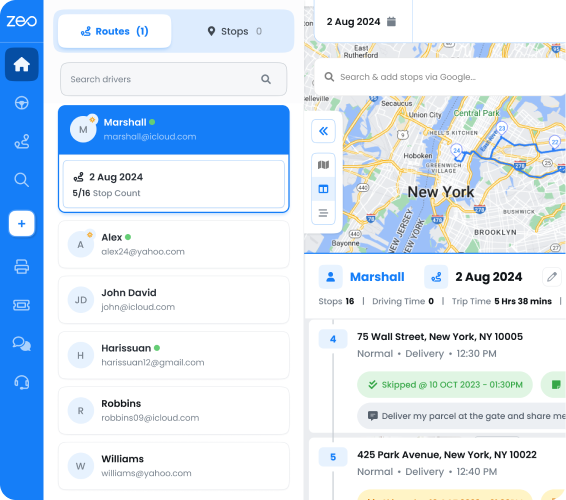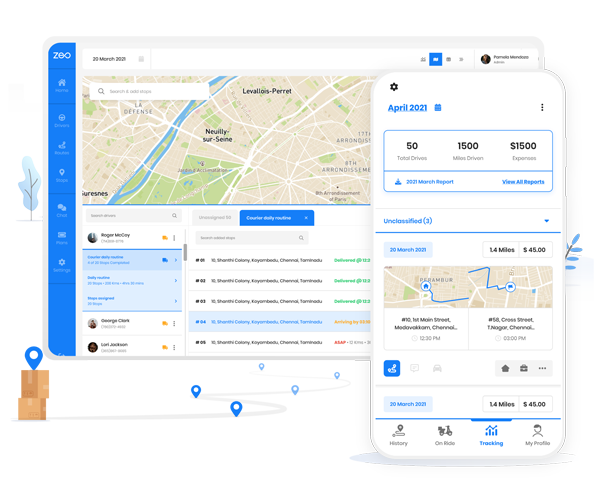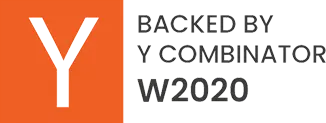Updated on: July 18, 2025
Fleet dispatch is the control point for daily operations. It’s where delivery assignments are made, delays are managed, and drivers stay updated. If the process is slow or unclear, the entire fleet falls behind.
The task of dispatching is where the real-time pressure meets real-world constraints. For this, only solid decisions get you through the day. Primary tasks such as assigning jobs and handling last-minute changes are the part of your fleet that works behind the scenes but makes or breaks your output.
Let’s shift our focus to what it takes to dispatch efficiently with real-world coordination, the right tools, and even tips that improve consistency.
What Is Fleet Dispatching?
Fleet dispatching represents a day-to-day process where you assign the drivers, track fleet activity, and keep delivery plans in motion. Dispatchers manage all vehicles, tasks, timelines, and changes in real time.
Dispatch management makes your business efficient by helping you adopt a standard process across delivery services, repair crews, logistics fleets, and mobile teams.
Major functions of dispatching:
- Driver assignment for delivery tasks or service routes
- Fleet’s movement tracking and status monitoring for each job
- Responding to delays or detours as they unfold
- Coordinating with customers and field teams to stay aligned
What Does a Fleet Dispatcher Do?
A fleet dispatcher coordinates the daily movement of vehicles, keeping deliveries on track and teams in sync.
Their job blends planning with real-time action as they take the following actions.
Dispatching and Logistics Management
A replies a lot on the timing, coordination, and quick pivots when plans shift. Good logistics management starts with visibility around who’s on the road, what’s to be delivered, and what’s pending.
With the right tools in terms of logistics management software and resources, the dispatchers will spend less time tracking drivers manually and more time improving delivery flow.
Smart Tools Make It Easier
With modern dispatching software like Zeo Route Planner, you get a live view of vehicle location, stop completion, and idle time. It flags delays, helps reroute, and updates ETAs without phone calls.
Batching and Grouping Jobs
Group stops based on zones or delivery types to improve time and fuel efficiency. Also, you can assign the right vehicle size or skill set to the right job.
Tracking ETAs in Real Time
Estimated arrival times (ETAs) change in case of traffic and delays. And so, real-time tracking helps dispatchers to keep customers informed and prioritize urgent deliveries.
People Management on the Dispatch Floor
Drivers rely on direction, updates, and decisions that come from the dispatch desk. If communication breaks, it reflects on delivery quality.
Also, it’s the dispatchers who set the tone by aligning expectations, reducing confusion, and helping drivers stay efficient.
It’s true especially when tension runs high or routes change mid-way.
Clarity Beats Repetition
Good dispatchers keep messages simple and direct because repeating the same instruction in different formats creates noise, not clarity.
Be Present, Not Reactive
Dispatchers track movement live, such that they can intervene before things turn chaotic. They aren’t fixing problems, but also stopping them from building up.
Driver Feedback Loops
Feedback keeps drivers in the loop who share what’s happening on the ground, and helps dispatchers plan better. Such a loop improves performance on both ends.
Tips From Veteran Fleet Dispatchers
Over time, most seasoned dispatchers develop habits that reduce chaos and make decisions faster under pressure. There can be assignments, shifts in routes, and even pace needs to match the day’s momentum.

increase fuel savings
Save 2 Hours on Deliveries, Everyday!
Optimize routes with our algorithm, reducing travel time and costs efficiently.
Get Started for Free
And so, it’s best to get insights from dispatchers who’ve managed those moving parts without letting deliveries fall behind.
Stack Jobs Like a Pipeline
Experienced dispatchers don’t over-optimize every route. Instead, they focus on maintaining task flow. Jobs are lined up like a pipeline fluidly, with enough flexibility to reprioritize.
That way, even if one stop overruns, the rest stay intact.
Pro tip: Organize stops by clusters or urgency brackets, not just pure proximity.
Keep the Dashboard as Your Operations Hub
Speed comes from focus. Veteran dispatchers rely on a single live dashboard that shows route activity, delays, and vehicle status. It spares you from bouncing between spreadsheets, apps, or phone updates so that everything stays visible.
Pro tip: Pin your live tracking and alerts dashboard on a dedicated monitor that acts as your default alert system.
Anticipate Exceptions
Seasoned dispatchers operate two steps ahead. They don’t wait for an alert to hit. But they monitor risk points like back-to-back stops, end-of-day bottlenecks, or driver fatigue zones. When the pattern looks off, they already have Plan B ready.
Pro Tip: Mark your routes with decision checkpoints (or places) where rerouting or rescheduling is possible without impacting the whole chain.
Plan Around Risk, Not Just Timelines
The best plans work even when things break. Experienced dispatchers flag tricky zones early, such as end-of-day pressure points, high-traffic stops, or drivers nearing capacity.
So, instead of reacting, they are making changes just before they’re needed.
Pro Tip: Mark fallback options on each route: alternate drivers, early stops that can be shifted, or customer windows that can stretch.
Streamline Fleet Dispatching With Zeo Route Planner
Dispatchers juggling multiple moving parts may have the smallest delay rippling across the day. And so, Zeo Route Planner can help cut through that chaos and bring structure to how dispatching is done.
With Zeo, your dispatchers won’t have to chase updates and get to act on them in a timely fashion.
What Zeo unlocks for fleet dispatchers
Dispatchers can use Zeo to remain in sync with drivers, without micromanaging. It trims down the clutter and keeps the field moving even on days that don’t go as planned.
- Live vehicle tracking offers real-time access to driver location, speed, and idle time.
- Batch scheduling helps assign, group, and schedule jobs based on zones, urgency, or vehicle capacity.
- ETA visibility can help keep every stop’s estimated arrival time visible and updated live so that they can intervene before delays escalate.
- Customer communication sends automated alerts when a delivery is close, running late, or complete.
Conclusion
A strong dispatch function comes from clear visibility, repeatable systems, and the ability to act fast when things shift mid-route.
For growing fleets, that means using the right tools and not just running operations from inboxes or spreadsheets.
Try Zeo Route Planner that brings control into one screen, giving dispatchers a much-needed room to focus on outcomes, not fire drills.
Dispatch smarter. Deliver faster.
Book a demo for Zeo Route Planner.

Are you a fleet owner?
Want to manage your drivers and deliveries easily?
Grow your business effortlessly with Zeo Routes Planner – optimize routes and manage multiple drivers with ease.

increase fuel savings
Save 2 Hours on Deliveries, Everyday!
Optimize routes with our algorithm, reducing travel time and costs efficiently.
Get Started for Free




















